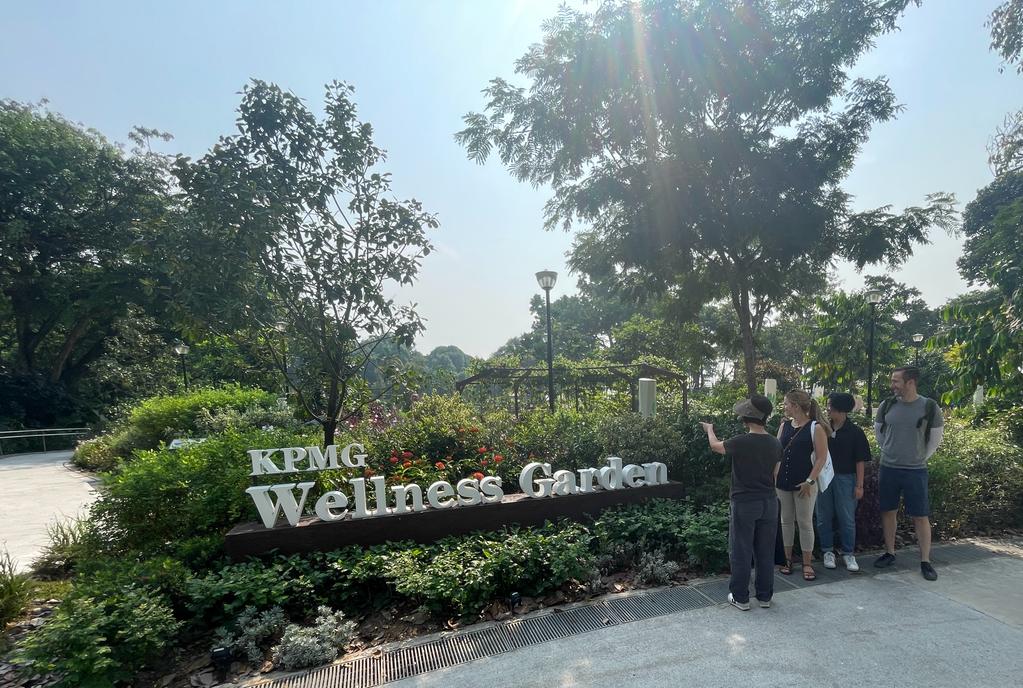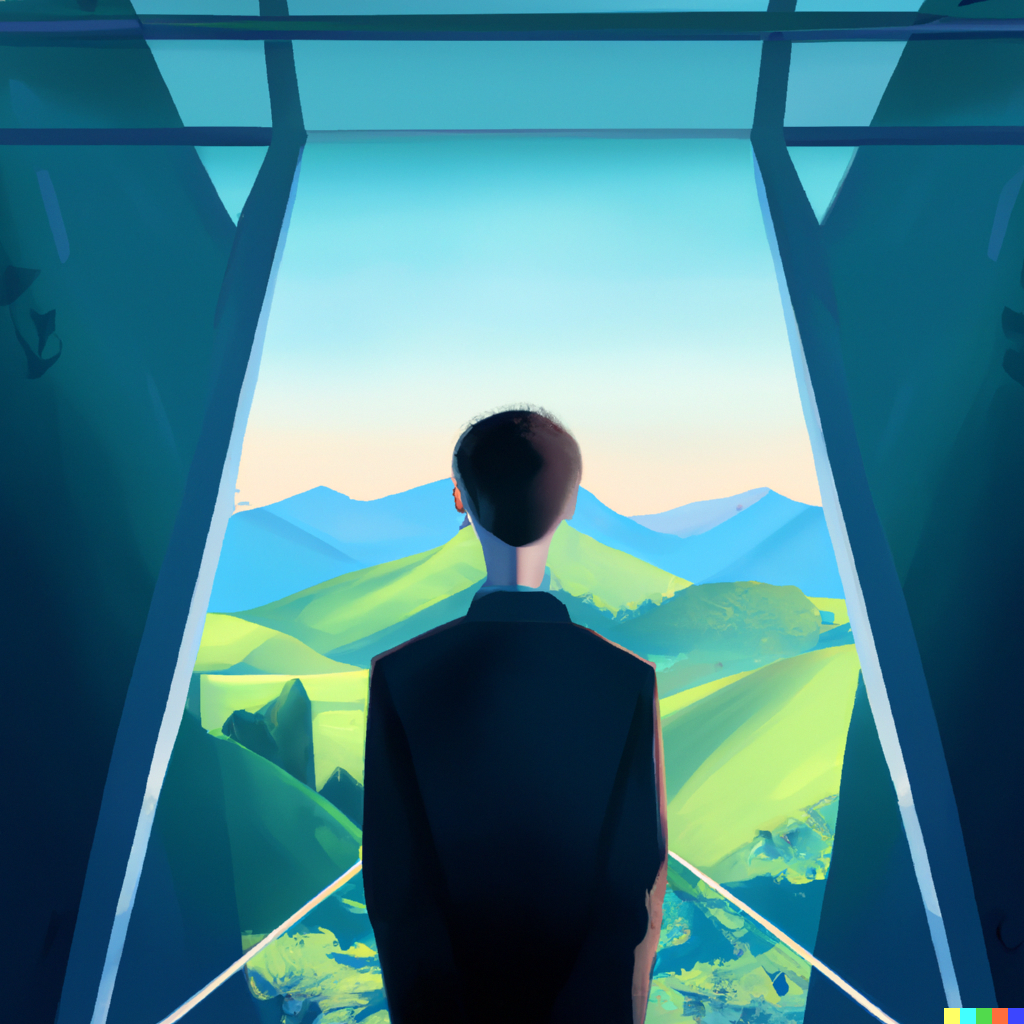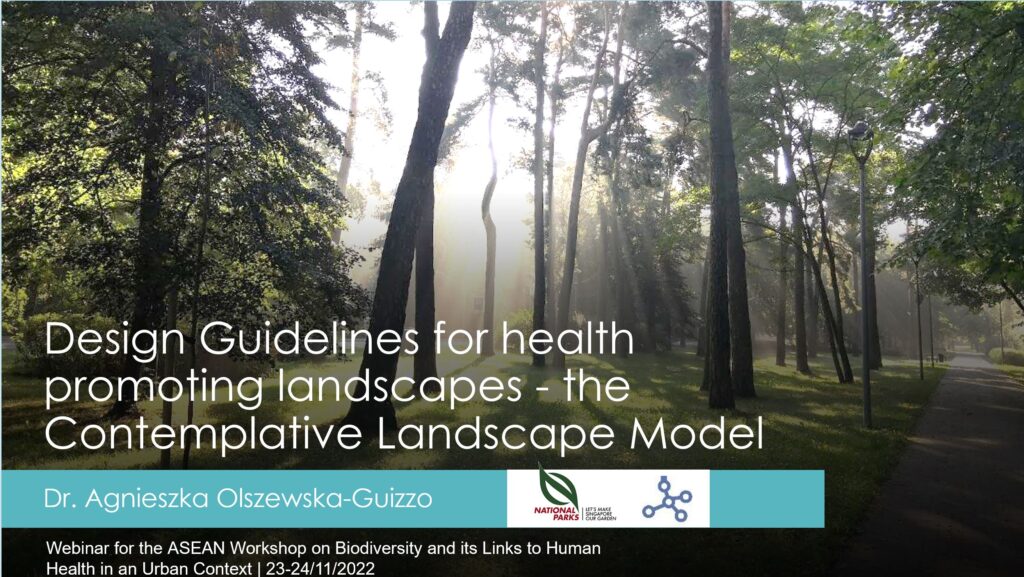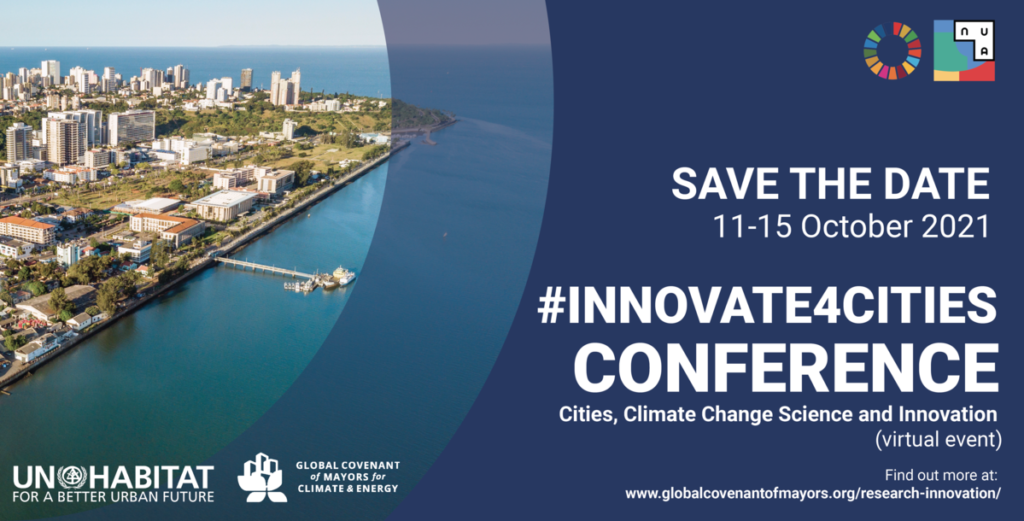On 6.10.2023 upon the National Parks Board (NParks Singapore) request, Dr Agnieszka Olszewska-Guizzo conducted the onsite consultation and training for the NParks designers and officers regarding the use of the Contemplative Landscape Model (CLM). NParks is currently rolling out the CLM in their parks and actively using this evidence-based tool [read more here]. We’re hoping Read More
Category: Neurolandscape
Urban Solutions and Sustainability R&D Congress 2023, Singapore
Date: 4 – 5 October (Wed & Thu), 2023 Venue: Sands Expo and Convention Centre The Congress was divided into several breakout sessions, out of which this specific one dedicated to mental health and well-being promotion through contact with urban nature. Below are the descriptions of speakers and talks. Among them our own Dr Read More
NeuroLandscape a part of GreenME – the Horizon EU Funded Project!
NeuroLandscape is delighted to announce its participation in the consortium selected for the prestigious Horizon Europe GreenME project with a budget of nearly 6M euro. This collaboration presents an exciting opportunity to advance our mission of integrating nature-based solutions into urban environments for enhanced well-being and sustainable living. Led by Universita Autonoma de Barcelona, the Read More
“Neuroscience for Designing Green Spaces: Contemplative Landscapes” – A Revolutionary Book
Experience the power of “Neuroscience for Designing Green Spaces: Contemplative Landscapes” – a revolutionary book by Dr. Agnieszka Olszewska-Guizzo. This comprehensive guide was released on May 30, 2023. It revolutionizes landscape design through an innovative approach rooted in neuroscience. Unveiling Contemplative Landscape Design Delve into the concept of Contemplative Landscape Design, meticulously crafted over Read More
What A.I. says about Contemplative Landscape Model?
It is fascinating how artificial intelligence can provide us with a third-person’s view of our field of expertise. It is like having another expert summarising our work from an objective standpoint, making it more approachable for anybody. We recently asked ChatGPT about the Contemplative Landscape Model and its usability for professionals and how its benefits Read More
Biodiversity and its Links to Human Health
ASEAN Workshop on Biodiversity and its Links to Human Health in an Urban Context and Capacity Building on Therapeutic Horticulture as an Example of the Links, 23-24 November 2022, Singapore https://youtu.be/T-uVdJFOWVY
Presentation at the International Conference for Environment and Human Health | HK
18 of August 2022 10:40 AM Hong Kong Time (GMT+8) *online Dr Agnieszka Olszewska-Guizzo to present “Neuroscience for Designing Urban Green Spaces: Contemplative Landscape Exposure for Mental Health” at the International Conference for Environment and Human Health hosted by Research Centre for Environment and Human Health in Hong Kong. https://youtu.be/GZObrp0q9i4
Floriade Challenge 🌿‘The Green Escape’
Floriade Challenge 🌿‘The Green Escape’🌿 took place at Aeres Hogeschool Almere and Floriade Expo 2022. 25 young professionals accepted the challenge of Almere 2.0 and the Gemeente Almere to develop an innovative concept for greening an important 🏃🏻 slow-traffic route 🚴🏻 in the centre of Almere. May 20th: Location: Floriade MASTERCLASS: 14.45-16.00 u 14.15-14.45 IT check 14.30-14.45 Online walk-in 14.45-14.47 Welcome Read More
1st in-person NeuroLandscape Workshop | Korthi-Greece | 7-9 May 2022
The first, in-person scientific meeting of NeuroLandscape Team, titled “Natural and Cultural Heritage for Healthier and More Sustainable Urban Realms” took place among beautiful landscapes of the Greek island of Andros, hosted at the local Korthi Town Hall. The program of a 3-day event included: SATURDAY (7.05.2022) Time Presentation title – Speaker (Affiliation) Language 11:15 Read More
Innovate 4 Cities 2021 | UN Habitat Conference
Tuesday 12 October at 15:45 CEST. Dr. Agnieszka Olszewska-Guizzo has presented her insights at the session 5H: Green spaces for healthier cities, which was fully recorded and available online: https://www.youtube.com/watch?v=df16SGuCO1w The Conference, co-hosted by #UNHabitat and #Mayors4Climate, brings together innovative research and science to help cities tackle #ClimateChange challenges. The global five-day virtual #I4C Conference covering #Science and #Innovation partnerships driving inclusive, resilient, and climate-neutral #cities, runned Read More










